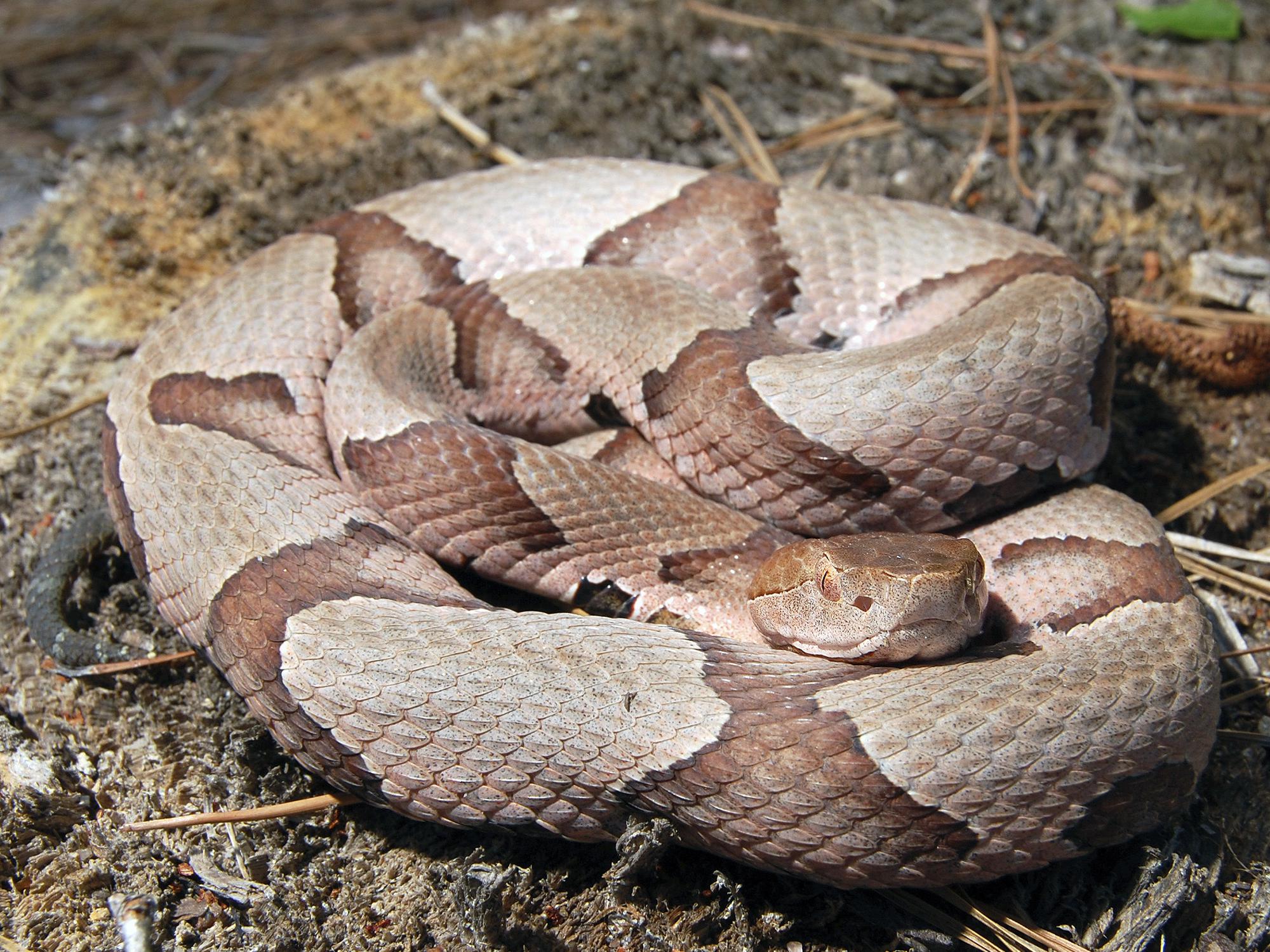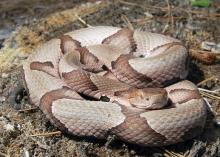Information Possibly Outdated
The information presented on this page was originally released on October 3, 2014. It may not be outdated, but please search our site for more current information. If you plan to quote or reference this information in a publication, please check with the Extension specialist or author before proceeding.
Facts can dispel fears of snakes
“The only good snake is a dead snake” is an attitude probably triggered by common myths about snakes.
Snake myths are found in cultures around the globe, giving evidence of the troubled relationship between people and these reptiles. People are often afraid when they do not need to be. There are more snake myths than one article can cover, but let’s expose a few of the more common ones to the truth.
Myth: Rattlesnakes always give a warning rattle before they strike.
Fact: Rattlesnakes have several defenses against injury or death. They prefer to rattle their tails to warn others of their presence so they are not accidentally trampled. This defense mechanism works because snakes can feel strong vibrations in the ground caused by large animals, such as bison. But people are much lighter in comparison, so they have a greater chance of surprising a snake. Without time to warn with a rattle, the rattlesnake is likely to resort to another defense strategy -- striking and biting.
Myth: Small snakes are more venomous than large ones.
Fact: Larger, adult venomous -- often incorrectly called poisonous -- snakes have stronger and larger amounts of venom than smaller, younger venomous snakes. But young snakes are more vulnerable and less experienced than adults. They may be more likely to bite when threatened, rather than avoiding conflict by running away or remaining still and camouflaged, as adult snakes will do.
Myth: Snakes can spit venom.
Fact: Spitting cobras, found in Asia, Africa and the Middle East, can spit venom. No snakes in the United States can spit venom. Instead, they inject venom into an animal by biting.
Myth: Some snakes can sting with their tails.
Fact: This myth probably comes from the habits of two snakes: the copperhead and the eastern mud snake. A baby copperhead has a bright yellow-green tail, which causes some people to think it can sting. It actually uses the tip of its tail to lure prey, such as frogs, into striking range. The mud snake has a sharply pointed tail that it will press or poke into an attacker. It will also lift its tail like a spear, earning it the nickname of “stinging snake” or “horn snake.” Despite threatening behavior or bright colors, no snake in the United States can sting with its tail.
Myth: Snakes suck milk from cows or goats.
Fact: Milk is food for baby mammals. Snakes are reptiles, not mammals, so they cannot suck milk, nor do they want to. Snakes are often common in barns, seeking out rodents for food, and this probably contributed to this particular myth.
Snakes are an important part of the natural world. A few species are venomous and should be given their space. But most are quiet neighbors who desire to be left alone to do their part in protecting the environment from rodents and other harmful pests.
For more information on snakes, including an interactive snake identification search tool, visit the Mississippi State University Extension Service website at MSUcares.com.

Editor’s Note: Extension Outdoors is a column authored by several different experts in the Mississippi State University Extension Service.





